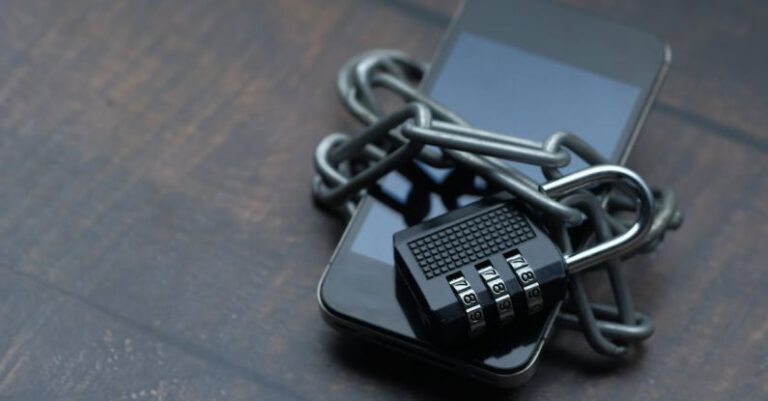Is Integrating Smart Home Gadgets Worth the Hassle?
In today’s fast-paced world, technology continues to evolve at a rapid pace, offering convenience and efficiency in various aspects of our lives. One significant area where technological advancements have made a mark is in our homes, with the rise of smart home gadgets. These devices promise to streamline tasks, enhance security, and provide comfort with just a touch of a button or a voice command. However, as more smart devices flood the market, homeowners may find themselves wondering: Is integrating smart home gadgets worth the hassle?
The Appeal of Smart Home Gadgets
Smart home gadgets encompass a wide range of devices, from smart thermostats and lighting systems to security cameras and virtual assistants. The appeal of these gadgets lies in their ability to automate and simplify everyday tasks, making our lives more convenient and efficient. Imagine being able to control the temperature of your home, turn off lights, or check on your security cameras remotely through a smartphone app. These gadgets offer a level of control and connectivity that was once only seen in futuristic movies.
Enhanced Security and Peace of Mind
One of the key benefits of integrating smart home gadgets is the enhanced security they provide. Smart security cameras allow homeowners to monitor their property in real-time, receive alerts for suspicious activity, and even communicate with visitors remotely. Doorbell cameras, for example, offer a glimpse into who is at your doorstep, providing an added layer of security and peace of mind, especially when you are away from home. Moreover, smart locks allow for keyless entry, eliminating the need to fumble for keys and enhancing the overall security of your home.
Energy Efficiency and Cost Savings
Another compelling reason to invest in smart home gadgets is their potential for energy efficiency and cost savings. Smart thermostats, for instance, learn your heating and cooling preferences and adjust the temperature accordingly, leading to reduced energy consumption and lower utility bills. Additionally, smart lighting systems can be programmed to turn off when not in use or adjust brightness levels based on natural light, further contributing to energy savings. Over time, these small adjustments can add up to significant cost savings while reducing your environmental footprint.
Integration and Compatibility Challenges
While the benefits of smart home gadgets are undeniable, integrating these devices into your home may come with its own set of challenges. One common issue faced by homeowners is the compatibility of different smart devices. With various brands and communication protocols in the market, ensuring that all your gadgets work seamlessly together can be a daunting task. Additionally, setting up and configuring each device to work according to your preferences may require technical know-how and troubleshooting skills, adding to the initial hassle of installation.
The Need for Regular Maintenance and Updates
Like any technology, smart home gadgets require regular maintenance and updates to ensure optimal performance. Firmware updates, software patches, and troubleshooting issues may arise over time, requiring homeowners to stay proactive in monitoring and maintaining their smart devices. Failure to keep up with updates or neglecting maintenance tasks can result in glitches, connectivity issues, or even security vulnerabilities, compromising the effectiveness and reliability of your smart home system.
The Future of Smart Homes: Worth the Investment?
As technology continues to advance, the future of smart homes holds great promise for further innovation and integration. From AI-powered virtual assistants to interconnected smart devices that anticipate our needs, the possibilities are endless. While the initial setup and maintenance of smart home gadgets may present some challenges, the long-term benefits in terms of convenience, security, and cost savings make them a worthy investment for many homeowners. As the smart home market matures and standards become more universal, the hassles of integration and compatibility may become less of a concern, paving the way for a more seamless and connected living experience.
In conclusion, the decision to integrate smart home gadgets ultimately comes down to individual preferences, lifestyle needs, and willingness to adapt to new technologies. While there may be initial challenges and hassles involved in setting up and maintaining a smart home system, the benefits in terms of convenience, security, and energy efficiency make it a compelling choice for many homeowners. As the smart home industry continues to evolve and improve, the potential for a more connected and automated living space makes the hassle of integrating smart gadgets well worth it in the long run.






